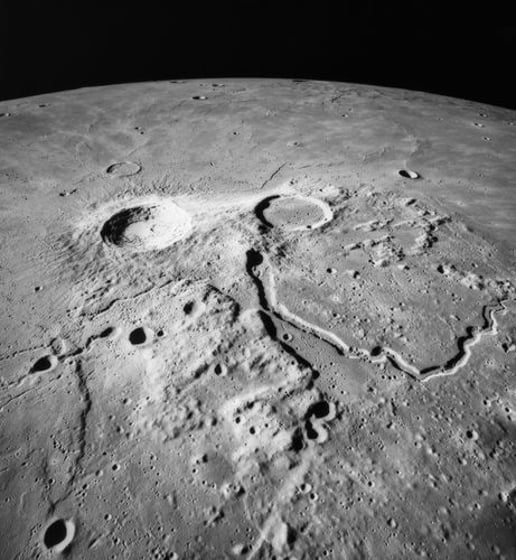
Ancient volcanic eruptions on the moon could provide an unexpected resource for future lunar explorers: water.
Between 2 billion and 4 billion years ago, the moon was a volcanic hotspot. Tens of thousands of volcanoes were erupting on the surface, releasing hundreds of thousands of square miles of lava across the lunar surface.
This activity created massive rivers and lakes of lava similar to features in modern-day Hawaii, but on a much grander scale.
“They dwarf almost all of the eruptions on Earth,” said Paul Hayne, assistant professor in the department of astrophysical and planetary sciences and the Laboratory for Atmospheric and Space Physics at the University of Colorado Boulder, in a statement.
Hayne is a coauthor on a new study published this month in The Planetary Science Journal about potential sources of water on the moon.
When these lunar volcanoes erupted, it’s also likely they released giant clouds made of carbon monoxide and water vapor. These clouds moved around and could have created thin, temporary atmospheres.
But it’s also possible that the water vapor settled on the lunar surface and formed layers of ice that may have existed in craters at the lunar poles today. These ice sheets could be between dozens and hundreds of feet thick.
Click here to read more.
SOURCE: CNN, Ashley Strickland